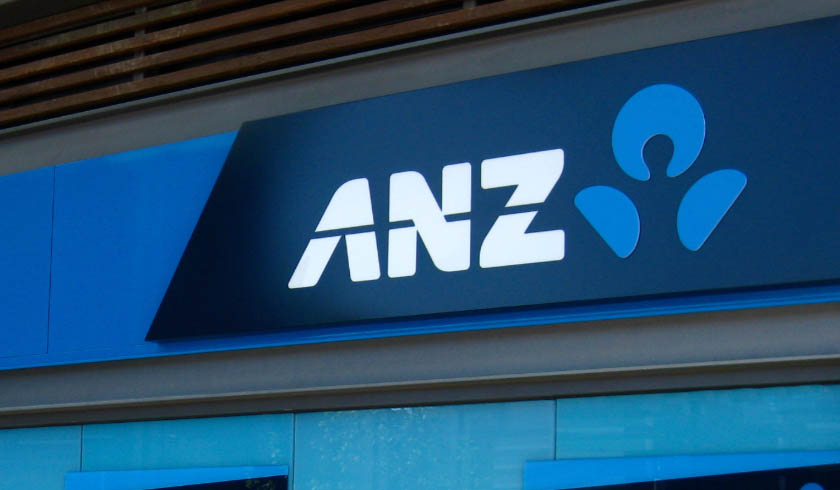House prices tipped to surge 17 per cent in 2021: ANZ
A combination of strong demand and cheap credit will continue to drive the housing market in 2021, with economists now predicting the major cities will grow by as much as 17 per cent, new research has revealed.

The latest ANZ economic insight has revealed that the impact of low interest rates on housing has more than offset rising unemployment levels and low population growth.
According to ANZ’s senior economist, Felicity Emmett, house prices in Sydney and Perth are predicted to jump by 19 per cent each in 2021, followed by Hobart, which is predicted to rise by 18 per cent.
Melbourne and Brisbane are tipped to grow by 16 per cent each, with Adelaide lagging behind with 13 per cent growth in 2021.
The economist noted that owner-occupiers are driving the market, with new housing loans up 80 per cent since the lull experienced in May last year.
“Buyers are taking advantage of historically low interest rates, particularly fixed rates, as well as various government support programs,” she said.
“First home buyers are also benefiting from government support in the form of first home owner grants and reduced stamp duty.”
Ms Emmett highlighted that strong consumer sentiment is putting upward pressure on houses, with low stock levels and a fear of missing out seen as the key drivers of house price growth.
However, this strong growth is predicted to slow post June.
“The first half of 2021 is likely to be stronger than the second half. By June, we expect prices to be rising at a more moderate pace given the end of government programs like JobKeeper and HomeBuilder, and a lift in fixed mortgage rates,” she said.
The big four bank is also expecting regulators to step in to slow down an overheating market through changes to macro-prudential policies.
“We expect macro-prudential restrictions will be introduced later this year. Signs of easing lending standards will be the trigger for the regulator rather than the extent of house price gains,” she said.
“A soft touch approach from the regulator is likely in the first instance, followed by harder limits, most likely targeted at high debt-to income loans.”
Despite increasing house prices, the RBA is not budging on rates.
As the RBA announced its rate hold earlier this month, chatter among investors increased, with many predicting that given the property price boom, the bank could be forced to intervene earlier than planned.
“For inflation to be sustainably within the 2–3 per cent range, it is likely that wages growth will need to be sustainably above 3 per cent. This is assuming that Australia generates ongoing growth in labour productivity and that the profit share of national income does not continue to trend higher.
“Currently, wages growth is running at just 1.4 per cent, the lowest rate on record. Even before the pandemic, wages were increasing at a rate that was not consistent with the inflation target being achieved. Then the pandemic resulted in a further step-down. This step-down means that we are a long way from a world in which wages growth is running at 3 per cent plus,” Mr Lowe concluded.
